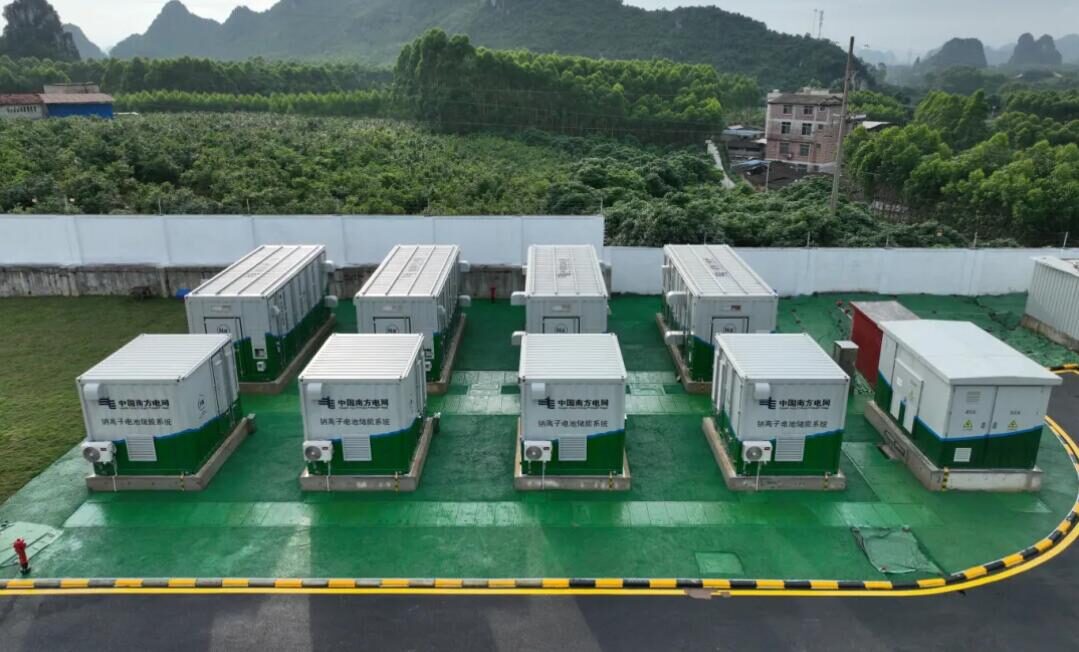A group of scientists from the Indian Institute of Technology Kharagpur has developed a novel model for optimal PV installation angles in regions with high summer load demand such as India and has found that low tilt angles offer a series of advantages.
“The study suggests that installing solar PV panels at lower tilt angles can significantly increase electricity generation during India's high-demand summer months by up to 8% than optimal tilt,” the research's corresponding author, Saikat Ghosh, told pv magazine. “The findings indicate that lower PV tilts are suitable for India, leading to higher generation during summer and potentially mitigating electricity, coal, and water crises.”
According to Ghosh, the proposed methodology is also suitable for countries at similar latitudes, both in the northern and southern hemispheres, especially if summer load demand is higher than winter load demand due to greater use of air-conditioners.
In the study “Maximizing PV generation with lower tilt angles to meet high summer electricity demand on the Indian electricity grid,” published in Energy for Sustainable Development, Ghosh and his colleagues explained that PV systems deployed in low to mid-latitude regions with high summer load demand like India, title angles are commonly equal to the latitude angle of the region in order to achieve the highest solar power generation yield.
“However, this orientation, while maximizing solar irradiance striking the PV plane of array (POA) during winter, relatively reduces the POA irradiance in summer, resulting in relatively decreased electricity generation from the fixed-tilt PV system at the time when India experiences its peak electricity demand,” they explained. “Lower PV tilt can increase the plant ground coverage ratio (GCR) and power density, leading to greater economic benefits.”
The team conducted a series of simulations and analyzed the performance of a modeled 100 kW PV system across four Indian locations – Chandigarh, Bhadla, Kolkata, and Kurnool. It used solar resource data from the National Solar Radiation Database, National Renewable Energy Laboratory (NSRDB-NREL) and energy market data from India's power trading platform Indian Energy Exchange Limited (IEX). It also utilized the System Advisor Model (SAM) for hourly energy yield modeling and PVsyst for assessing the impact of inter-row shading.
The analysis showed that PV systems deployed with a low tilt angle can achieve higher solar power generation during the summer. “For instance, at 10 degrees PV tilt in April, the generation with respect to latitude tilt is higher by 0.2 % in Chandigarh, while it is higher by 1 % for the other three sites,” the academics stressed, noting that PV power generation was also higher the early morning and late afternoon. “The yield enhancement is lower during early April when the power demand is relatively moderate.”
They also found that a 10-degree tilt angle also increased power generation by 5.9 %, 6 %, 4.1 %, and 2.4 % in Chandigarh, Bhadla, Kolkata, and Kurnool, respectively, compared to the latitude tilt angle in May. “In June, the increase is 7.8 %, 8.5 %, 5.4 %, and 3 %, July sees a rise of 6.7 %, 7.2 %, 4.6 %, and 2.6 %, and in August, it's 3 %, 3.3 %, 2.4 %, and 1.4 % for the same locations,” they added.
Popular content
The scientists also explained that, although PV systems with low tilt angles may not achieve maximum power yield or the lowest levelized cost of energy (LCOE), they can reduce reliance on expensive grid electricity during high-demand periods.
“Furthermore, lower tilt angles would allow PV modules to be more densely packed in a fixed-tilt PV system, hence the plant GCR and power density can be increased by around 40–50 %,” they concluded. “In the study, it has been shown that although the PV tilt equal to the latitude angle leads to the lowest LCOE, but, since, the lower PV-tilt allows higher GCR, hence, lower tilts are economically more beneficial.”
This content is protected by copyright and may not be reused. If you want to cooperate with us and would like to reuse some of our content, please contact: editors@pv-magazine.com.




By submitting this form you agree to pv magazine using your data for the purposes of publishing your comment.
Your personal data will only be disclosed or otherwise transmitted to third parties for the purposes of spam filtering or if this is necessary for technical maintenance of the website. Any other transfer to third parties will not take place unless this is justified on the basis of applicable data protection regulations or if pv magazine is legally obliged to do so.
You may revoke this consent at any time with effect for the future, in which case your personal data will be deleted immediately. Otherwise, your data will be deleted if pv magazine has processed your request or the purpose of data storage is fulfilled.
Further information on data privacy can be found in our Data Protection Policy.